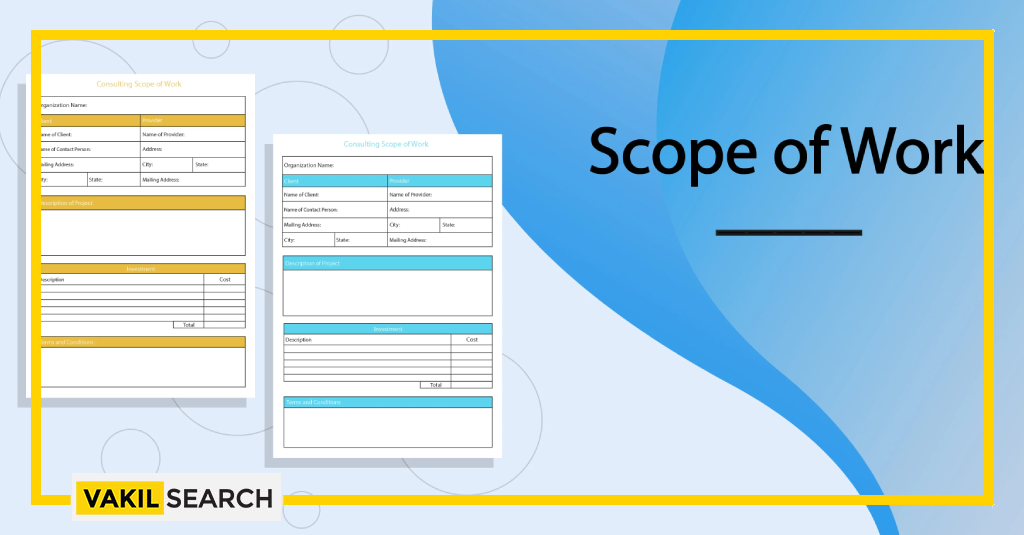This article aims to shed light on the differences and similarities between a SOW and a Project Plan, exploring their individual characteristics and importance.
A Scope of Work (SoW) agreement serves as the foundation of any successful project by outlining the tasks, responsibilities, deliverables, and expectations between parties. Crafting an effective SoW is crucial for project clarity, communication, and success. This guide delves into the key components and strategies to create a comprehensive and well-structured effective Scope of Work agreement.
Understanding the Basics of a Scope of Work Agreement:
A Scope of Work agreement is a formal document that defines the project’s objectives, tasks, timelines, resources, and outcomes. It acts as a roadmap, ensuring all stakeholders are on the same page.
Key Components of an Effective Scope of Work Agreement:
Project Overview: Begin with a clear and concise description of the project’s purpose, goals, and objectives. This sets the context for the rest of the agreement.
Detailed Project Scope: Break down the project into specific tasks, activities, and milestones. Provide a clear outline of what will be done, who will do it, and when it will be completed.
Deliverables: List all the expected deliverables with descriptions of what each entails. This could include reports, prototypes, designs, code, or any tangible output.
Timeline and Milestones: Set realistic timelines for each phase of the project and identify key milestones. This helps in tracking progress and ensures everyone is aligned with the project’s schedule.
Resources and Responsibilities: Clearly define the roles and responsibilities of each party involved. This includes the client, the project team, and any third-party collaborators.
Budget and Payment Terms: If applicable, specify the project’s budget, payment schedule, and any cost-related terms. This prevents misunderstandings regarding financial matters.
Change Management: Address how changes to the project scope will be managed. This includes the process for requesting changes, assessing their impact, and obtaining approval.
Strategies for Crafting an Effective SoW Agreement:
Collaboration and Input: Involve all relevant stakeholders in the creation of the SoW. This ensures that diverse perspectives are considered, and potential issues are identified early.
Clear and Precise Language: Use language that is easily understandable by all parties. Avoid jargon and technical terms that might confuse non-experts.
Be Specific: Detail is key. The more specific and granular your descriptions are, the less room there is for misinterpretation.
Realistic Expectations: Set achievable goals and objectives. Overcommitting can lead to dissatisfaction if targets are not met.
Flexibility and Contingency: Include provisions for unexpected events that could impact the project timeline or scope. This demonstrates foresight and adaptability.
FAQs:
What if the project scope changes after the agreement is signed?
Address this in your agreement. Define a change management process that outlines how changes will be assessed, approved, and their impact on the timeline and budget.
Who should draft the SoW agreement?
It can be a collaborative effort, involving project managers, legal experts, and relevant team members to ensure accuracy and comprehensiveness.
What if there are disagreements during the project?
Include a dispute resolution clause in the agreement. This could involve mediation or arbitration to resolve conflicts.
Conclusion: A well-crafted Scope of Work agreement is the cornerstone of successful project execution. It establishes a clear understanding of project expectations, roles, and outcomes, minimizing the potential for disputes and misunderstandings. By following the strategies outlined in this guide, stakeholders can create an effective SoW agreement that paves the way for a smooth and productive project journey.




